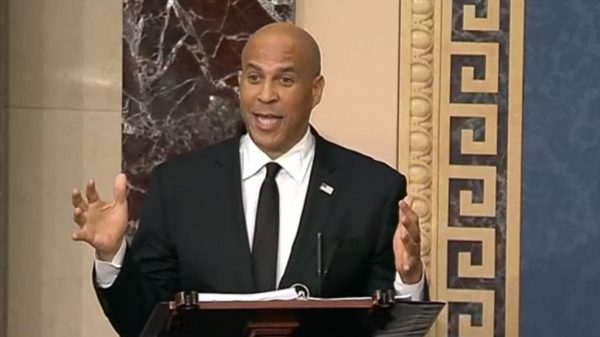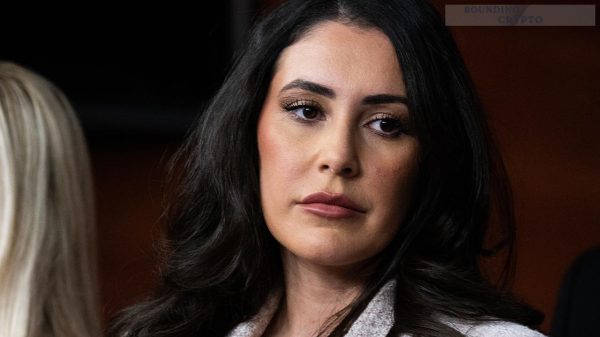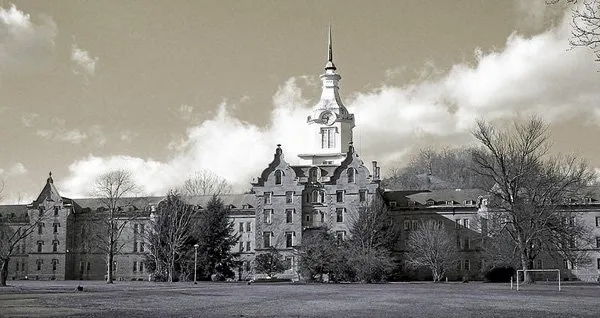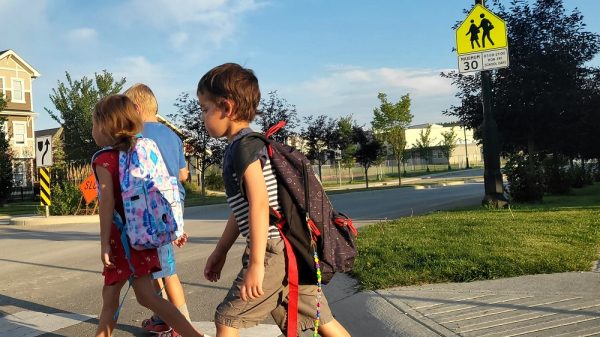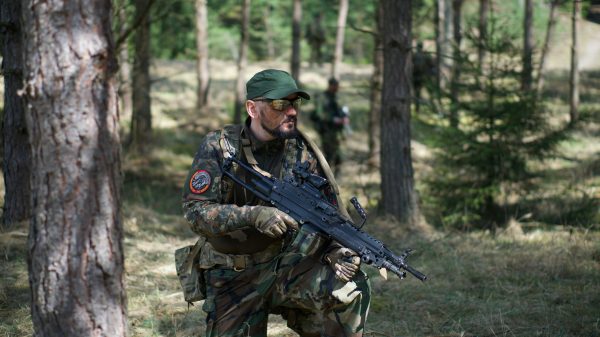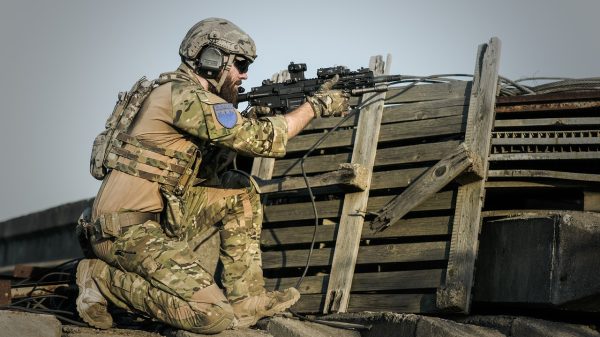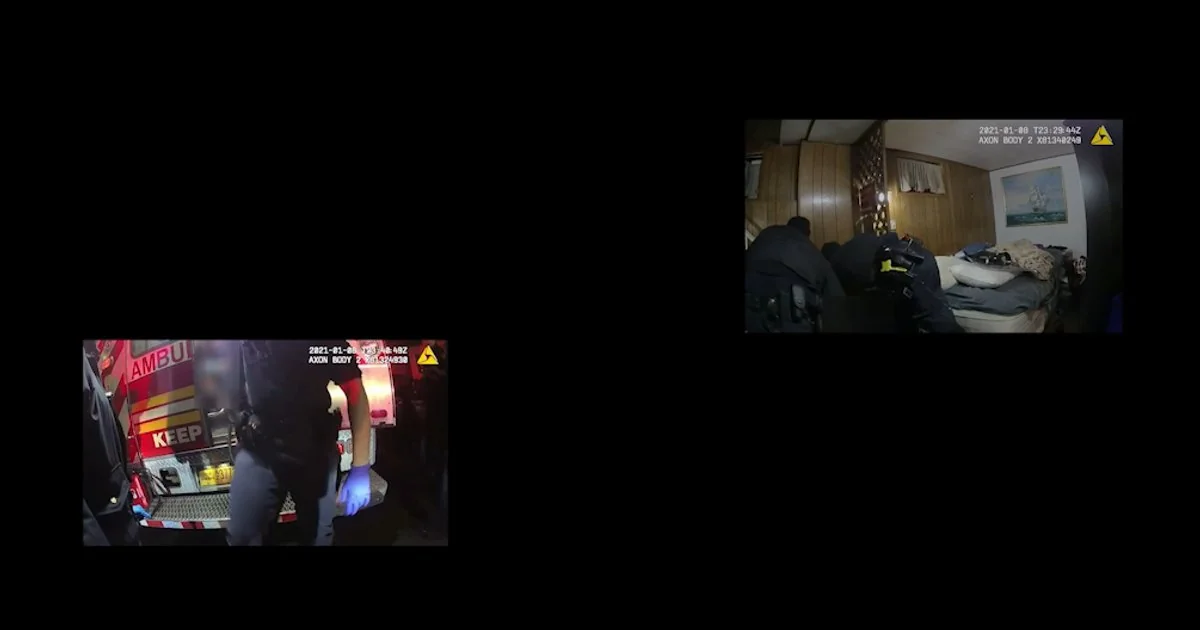
When Barbara and Belvett Richards learned that the police had killed their son, they couldn’t understand it. How, on that September day in 2017, did their youngest child come to be shot in his own apartment by officers from the New York Police Department?
Miguel Richards, who was 31, grew up in Jamaica and had moved to New York about a year earlier after coming to the United States through a work-study program. His father’s friend gave him a job doing office work, and he rented a room in the Bronx. But he started to struggle, becoming reclusive and skipping days of work. His mother, with whom he was particularly close, pleaded with him to return to Jamaica. “It’s as if I sensed something was going to happen,” she says. “I was calling him, calling him, calling him: ‘Miguel, come home. Come home.’”
His parents knew he had never been violent, had never been arrested and had never had any issues with the police. What details they managed to gather came from the Bronx district attorney: Richards’ landlord, who hadn’t seen him for weeks, asked the police to check on him. The officers who responded found Richards standing still in his own bedroom, holding a small folding knife. And 15 minutes later, they shot him.
Richards’ death marked a historic turning point. It was the first time a killing by officers was recorded by a body camera in New York. The new program was announced just months before as heralding a new era of accountability. Now, a week after the shooting, the department posted on its website a compilation of footage from four of the responding officers. The video, the department said in an introduction to the presentation, was produced “for clear viewing of the event as a totality.” And as far as the department was concerned, the narrative was clear. Sometimes “the use of deadly force is unavoidable,” the police commissioner at the time, James O’Neill, wrote in an internal message. The level of restraint shown by all officers, he said, is “nothing short of exceptional.” And, he added, “releasing footage from critical incidents like this will help firmly establish your restraint in the use of force.”
Richards’ parents were not convinced. Belvett watched footage at the district attorney’s office. What he saw, and what was released, did not, in fact, show that the use of deadly force was unavoidable. He later learned that the department had not released all the footage. What else didn’t they know about their son’s death?
When body-worn cameras were introduced a decade ago, they seemed to hold the promise of a revolution. Once police officers knew they were being filmed, surely they would think twice about engaging in misconduct. And if they crossed the line, they would be held accountable: The public, no longer having to rely on official accounts, would know about wrongdoing. Police and civilian oversight agencies would be able to use footage to punish officers and improve training. In an outlay that would ultimately cost hundreds of millions of dollars, the technology represented the largest new investment in policing in a generation.
Yet without deeper changes, it was a fix bound to fall far short of those hopes. In every city, the police ostensibly report to mayors and other elected officials. But in practice, they have been given wide latitude to run their departments as they wish and to police — and protect — themselves. And so as policymakers rushed to equip the police with cameras, they often failed to grapple with a fundamental question: Who would control the footage? Instead, they defaulted to leaving police departments, including New York’s, with the power to decide what is recorded, who can see it and when. In turn, departments across the country have routinely delayed releasing footage, released only partial or redacted video or refused to release it at all. They have frequently failed to discipline or fire officers when body cameras document abuse and have kept footage from the agencies charged with investigating police misconduct.









